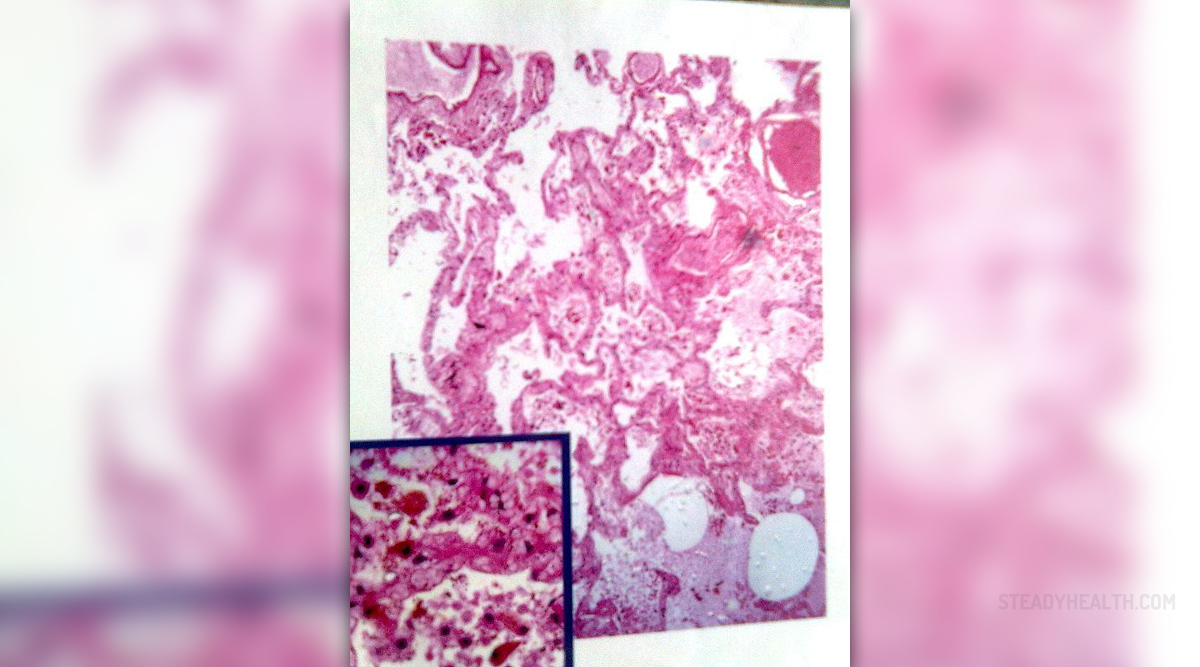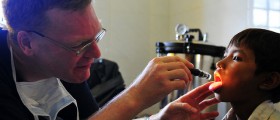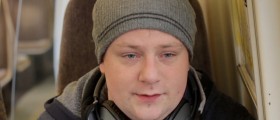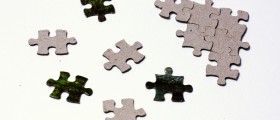
Chronic tic disorder manifests through one's necessity to make sudden, frequently repeated, involuntary movements or produce sounds of the same qualities. These tics are usually fast and short, even though there are variants where several tics are combined together or manifest through a sequence. Needless to say, tics can make a person's life miserable, interfering with his/her normal functioning. Moreover, in numerous cases, tics are combined with anxiety, depression or attention deficit disorders. Usually, stress and anxiety make tics increase in frequency and intensity.
Definition of Chronic Tic Disorder
This disorder manifests through tics which are repeated numerous times during every day. In order for a tic problem to be classified as a disorder, it needs to take place for at least 3 months every day, without a longer pause. If the motor tics happen hand-in-hand with verbal tics, this condition is referred to as Tourette's syndrome.
Signs of Chronic Tic Disorder
As it was mentioned above, this disorder manifests through involuntary movements which resemble spasms. Thus, tics are usually blinks, rapid head movements or facial grimaces. Some more complex tics may be smelling objects, jumping, skipping or performing a series of movements. Also, some people have verbal tics, which manifest through oral productions of certain sounds like clicks, sniffs or coughs or even barking, cursing or variations in pitch of one's voice.Treatment for Chronic Tic Disorder
Neuroleptics are the most common medication types used for treating tics. However, these merely deal with the symptoms while neglecting the causes of this disorder. Thus, psychotherapy and especially cognitive-behavioral therapy are excellent for treating this condition by addressing the root of the problems. Habit reversal therapy is yet another common and successful method of treatment. Usually, medications are combined with psychotherapy, for better results.
The habit reversal therapy begins with an awareness training. Here, the patients are taught to perceive the premonitions of their tics, preparing proper reactions. They are asked to describe the feelings they get once their tics are about to strike and during the course of a tic or a series of these involuntary phenomena. In many cases, they look at themselves at the mirror during this procedure.
Also, since there are cases where tics are triggered by external factors, patients are asked to pay attention to these causes, noticing when and why a tic manifests.
Then, the patient is taught different relaxation techniques, which may stop tics and cause these occurrences to reside. Finally, when the patient masters this technique, he/she, by the help of the therapist, learns how to exchange tics for breathing exercises or some less noticeable bodily responses. Sometimes, even the family of the patient is involved in the treatment process.

















Your thoughts on this
Loading...